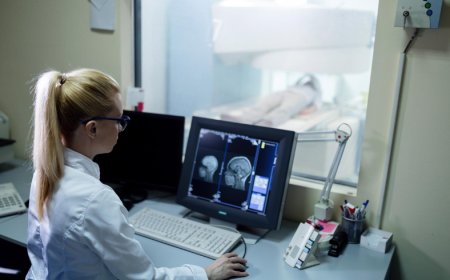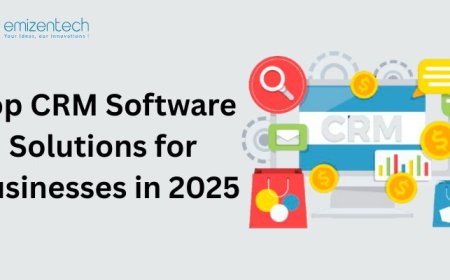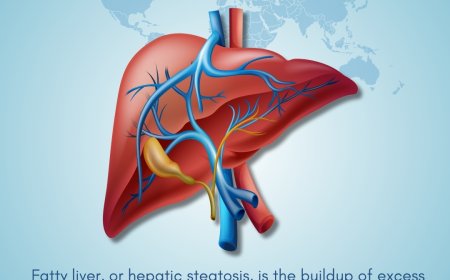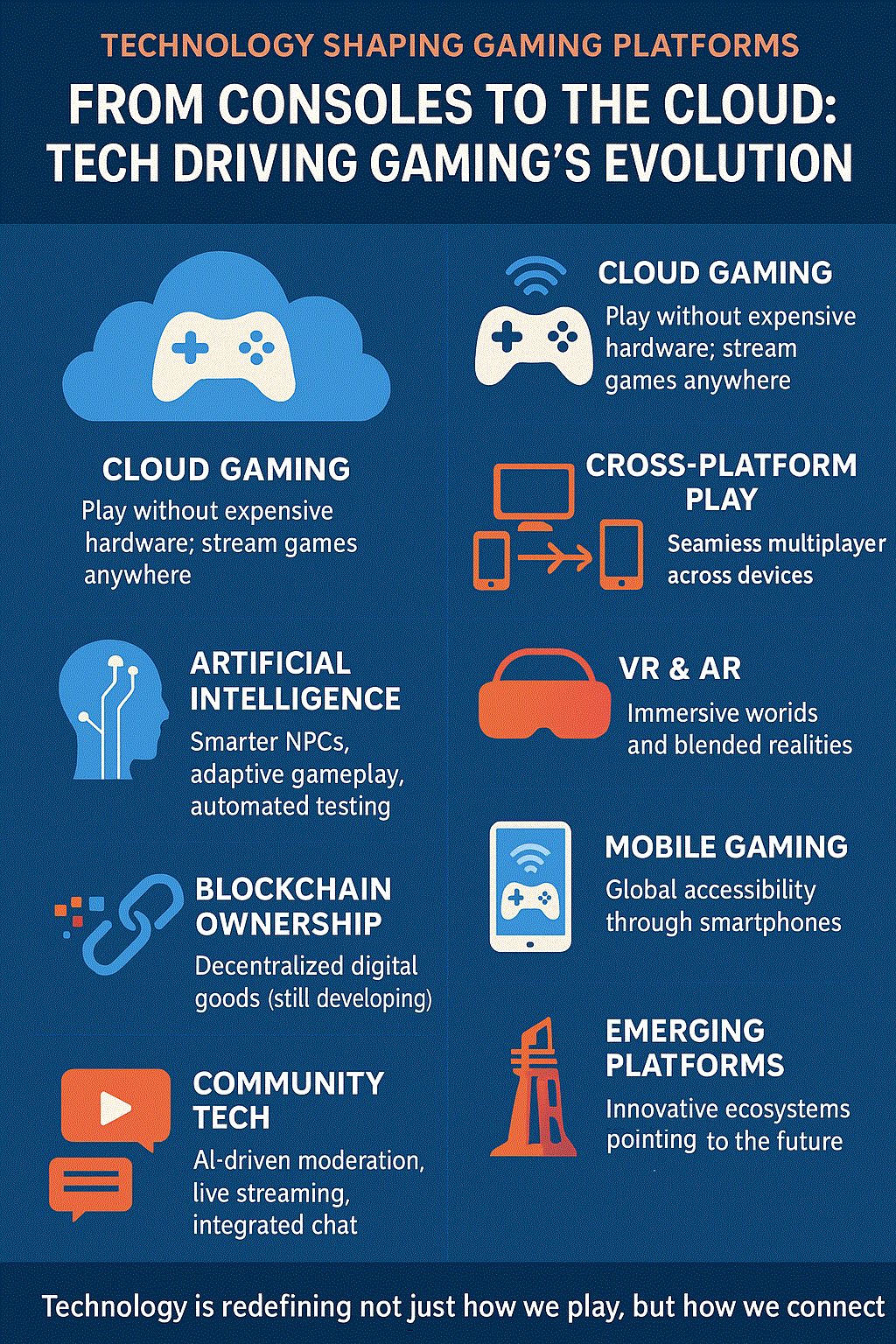Revolutionizing Clinical Development Technology with Real World Evidence in 2025
Discover how clinical development technology integrates real world evidence in 2025 to accelerate drug trials, improve patient outcomes, and transform pharmaceutical innovation.
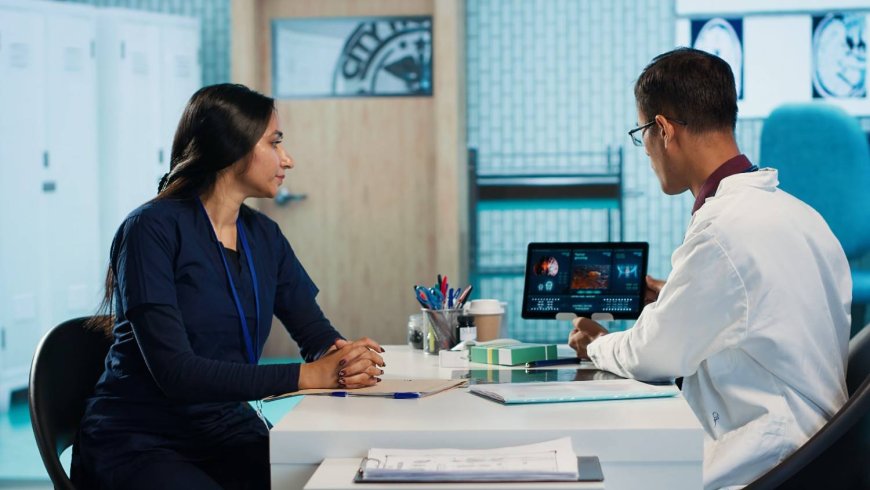
Introduction to Modern Clinical Trials
In the fast-evolving landscape of pharmaceutical research, clinical development technology has emerged as a cornerstone for innovation. As we navigate through 2025, the integration of advanced tools and data-driven strategies is reshaping how new therapies are brought to market. One of the most pivotal elements in this transformation is real world evidence (RWE), which provides insights beyond traditional randomized controlled trials (RCTs). RWE encompasses data collected from everyday healthcare settings, including electronic health records (EHRs), insurance claims, patient registries, and wearable devices. This article delves into the synergy between clinical development technology and real world evidence, exploring their combined potential to streamline processes, reduce costs, and enhance decision-making in drug development.
The traditional model of clinical trials has long relied on tightly controlled environments, often limiting the generalizability of findings. However, with the advent of sophisticated clinical development technology, researchers can now harness RWE to bridge these gaps. Technologies such as cloud computing, big data analytics, and machine learning algorithms enable the processing of vast amounts of unstructured data from real-world sources. This not only accelerates trial design but also ensures that therapies are tested in scenarios mirroring actual patient experiences.
The Role of Clinical Development Technology in Data Integration
Clinical development technology encompasses a suite of tools designed to optimize every phase of the drug development pipeline. From protocol design to post-market surveillance, platforms like electronic data capture (EDC) systems, clinical trial management systems (CTMS), and adaptive trial software are indispensable. In 2025, these technologies have evolved to incorporate seamless integration with RWE sources. For instance, AI-powered platforms can automatically pull and harmonize data from diverse EHR systems, ensuring compliance with standards like HL7 FHIR.
A key advantage is the ability to conduct hybrid trials that combine RCT data with RWE. This approach allows for more flexible patient recruitment, as eligibility criteria can be adjusted based on real-world patient profiles. Clinical development technology facilitates this by using predictive analytics to identify suitable cohorts from large datasets. Companies like IQVIA and Medidata have pioneered solutions that embed RWE directly into trial workflows, reducing the time from Phase I to approval by up to 30%.
Moreover, blockchain-integrated clinical development technology ensures data integrity and traceability. When RWE is involved, which often includes sensitive patient information from multiple sources, blockchain provides an immutable ledger, mitigating risks of data tampering. This is crucial in 2025, where regulatory bodies like the FDA increasingly accept RWE for label expansions and safety monitoring.
Harnessing Real World Evidence for Enhanced Outcomes
Real world evidence has revolutionized how we validate drug efficacy and safety outside controlled settings. In 2025, RWE is no longer supplementary; it's integral to clinical development technology strategies. For chronic diseases like diabetes or oncology, RWE from patient-reported outcomes (PROs) and genomic databases offers longitudinal insights that RCTs cannot match due to their shorter durations.
Consider the case of oncology drugs. Traditional trials might enroll homogeneous patient groups, but RWE reveals how treatments perform across diverse demographics, comorbidities, and lifestyles. Clinical development technology amplifies this by employing natural language processing (NLP) to extract actionable insights from unstructured notes in medical records. This has led to faster identification of adverse events, enabling proactive risk management.
Regulatory acceptance of RWE has surged, with frameworks like the FDA's Real-World Evidence Program guiding its use in decision-making. In Europe, the European Medicines Agency (EMA) mandates RWE for certain post-authorization studies. Clinical development technology supports this by automating RWE generation through wearable tech and mobile health apps, collecting continuous data on patient adherence and quality of life.
Challenges and Solutions in Implementation
Despite the benefits, integrating clinical development technology with real world evidence presents challenges. Data privacy under GDPR and HIPAA remains paramount, requiring robust anonymization techniques. Interoperability issues between legacy systems and modern platforms can hinder data flow. To address this, vendors are developing API-driven ecosystems that standardize RWE ingestion.
Another hurdle is bias in RWE datasets, which may not represent underrepresented populations. Advanced clinical development technology counters this with propensity score matching and machine learning bias detection algorithms. In 2025, ethical AI guidelines ensure fair data usage, fostering trust among stakeholders.
Cost is also a factor; initial setup for RWE-enabled technology can be high. However, long-term savings from reduced trial failures and faster approvals outweigh these. Pharma giants like Pfizer have reported 20-25% cost reductions by leveraging RWE in adaptive designs.
Future Trends in 2025 and Beyond
Looking ahead, clinical development technology will increasingly incorporate quantum computing for complex RWE simulations, predicting drug interactions at unprecedented scales. Virtual twins—digital replicas of patients based on RWE—will enable personalized trial simulations.
The COVID-19 pandemic accelerated RWE adoption, and in 2025, this momentum continues with decentralized trials. Platforms using clinical development technology allow remote monitoring via telehealth, integrating RWE in real-time.
Sustainability is another focus; RWE helps minimize physical trials, reducing carbon footprints. As AI ethics evolve, transparent RWE models will become standard.
Case Studies of Success
A notable example is Novartis' use of clinical development technology to analyze RWE from over 1 million heart failure patients. This informed the Entresto label expansion, approved faster due to compelling RWE.
Similarly, AstraZeneca employed RWE in COPD trials, using wearable data to track exacerbations, leading to refined endpoints and successful outcomes.
Conclusion: A Transformative Era
The fusion of clinical development technology and real world evidence in 2025 marks a paradigm shift in pharmaceuticals. By embracing these tools, the industry can deliver safer, more effective therapies swiftly. Stakeholders must invest in training and infrastructure to fully capitalize on this synergy, paving the way for a healthier future.

